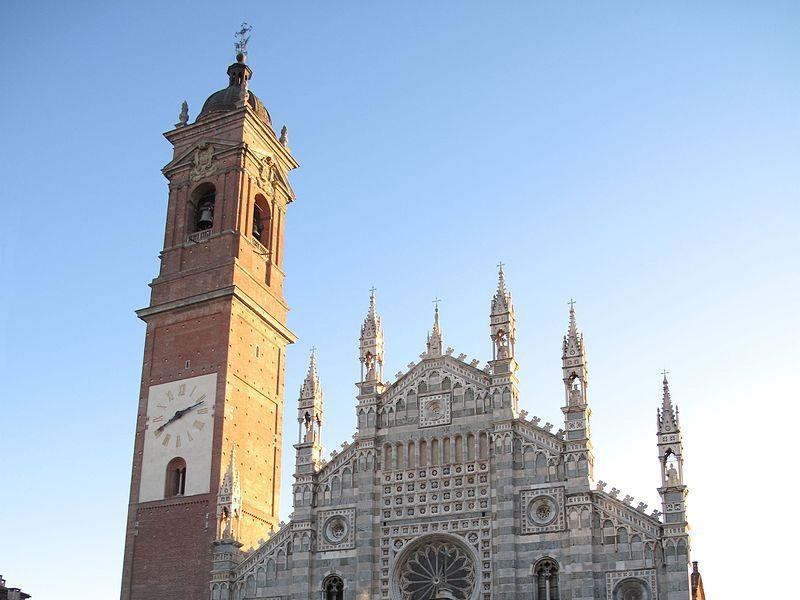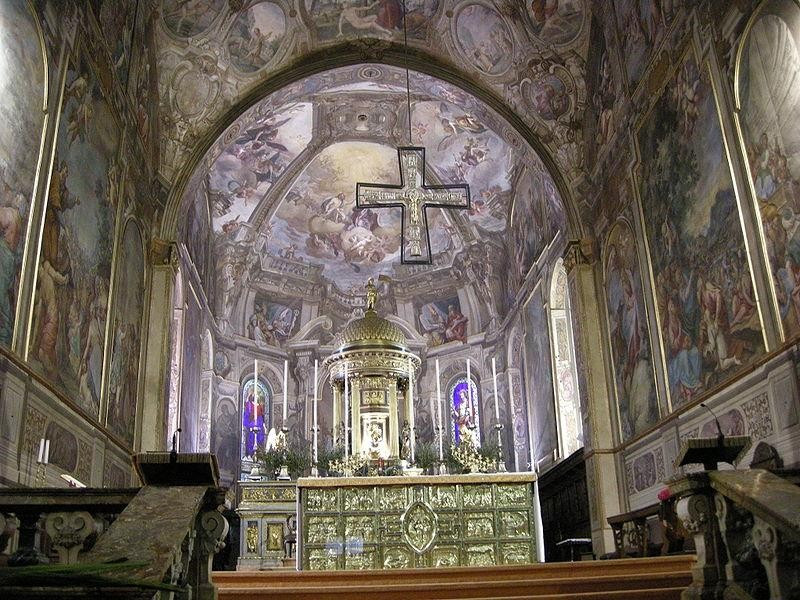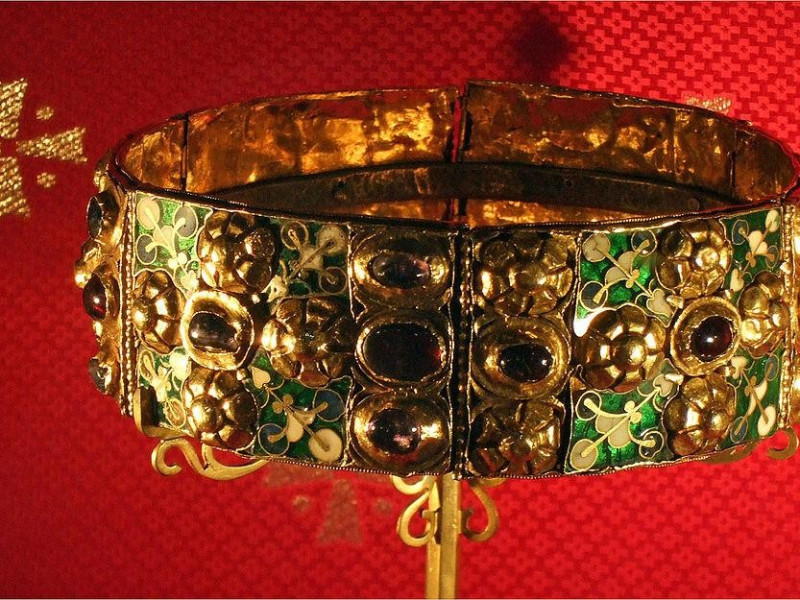Cattedrale di San Giovanni Battista (Duomo di Monza)
Built between fourteenth and seventeenth century, San Giovanni of Monza was born as palace chapel of Lombards Teodolinda and Agilulfo. Political project of Theodelinda aimed at the normalization of relations with papacy and the conversion of Lombard people from Arian heresy to Catholicism. At her death in 627, she was buried in Basilica and the place of burial, so as her sarcophagus, it is immediately made sign of devotion. The rebuilding of Cathedral in the form in which we see it today dates from 1300 by Matteo da Campione, who designed the twin chapels on the sides of the main apse. A mid-sixteenth century starts a deep reworking of the apse. At the end of the century it is also built, according to designs by Pellegrino Tibaldi, new bell tower on the left of the facade. In 1644 it is realized the vault of the nave and in 1681 octagonal chapel to house the Treasury. Except Chapel of Teodolinda cycle, a few has survived of previous Baroque decoration season, which has profoundly affected the perception of interior space. The vault of the main nave is frescoed by Stefano Maria Legnani, known as Legnanino, with quadrature by Castellino (1693); Pietro Gilardi frescoed the lantern; Giovan Angelo Borroni and Mattia Bortoloni paint chapels. Final decorative episode was by Carlo Carlone. Cathedral of Monza preserved famous Iron Crown which, according to tradition, contains one of the nails used for the crucifixion of Christ.



